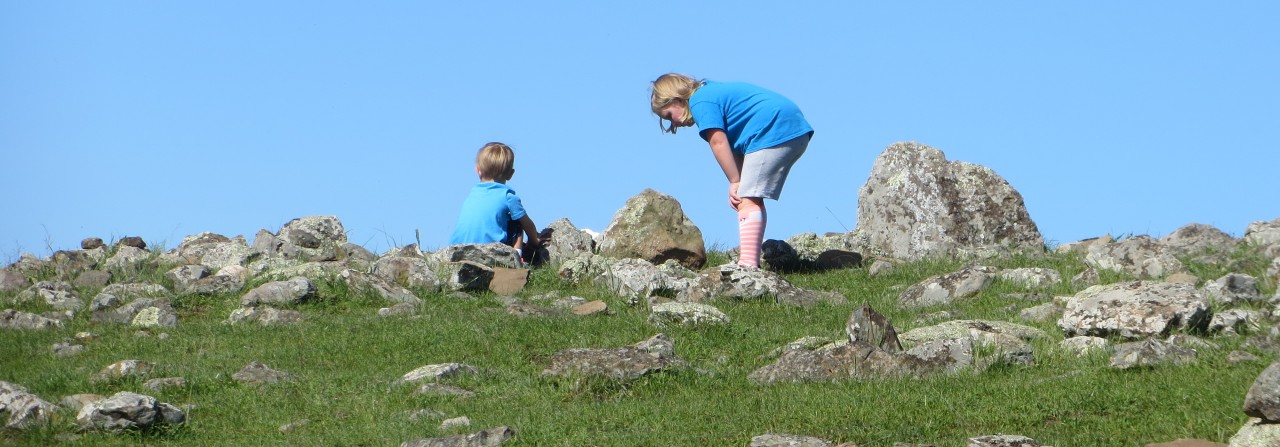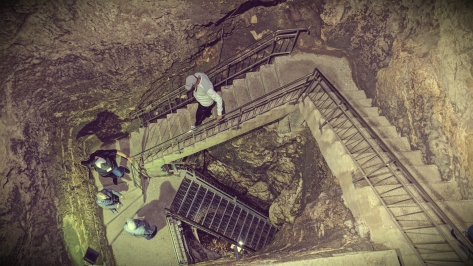
It’s a strange experience for your hometown to be the site of a nationally known natural disaster. Such is life now for those of us in Sonoma County. The wildfires which began late Sunday, October 8th, 2017 have touched the lives of all of us in one way or another. Through the tragedy of 1000’s of lost homes and tens of lives, there are stories, many of them, of people acting in selfless and heroic ways. A few of these people I have the privilege of knowing personally, and, perhaps as a kind of therapy and to offer something positive from all this, I will be sharing some of their stories here. These are written from memory, pieced together from conversations with these folks and others, social media posts, and direct experience, but as we all know in times of stress, things aren’t always remembered exactly as they happened. I’ve done my best to be as accurate as possible, without embellishing anything. Just keep that in mind.
I first met Pete several years ago when his family moved into the house directly next to the church property. They began attending our church and right away Pete struck me as one of the friendliest people I’d ever met. We got to know each other over the years, through pick-up basketball games, church functions, and a missions trip to Ecuador. A few years ago, Pete became the facilities manager for the church. He was a great guy for the job, and he could never beat that commute: open the back gate, and he’s at work. As someone who also once worked at the church and lived on the other side of the fence from the property, I could attest to the convenience. I had long since moved from that close of proximity, but not by much; I still lived less than a quarter-mile from the church campus.
The night of October 8th, I was on graveyard patrol in the town where I work, miles away from home and the fires. Listening to the fire’s progress on the scanner, I grew more and more concerned as they burned with unsettling swiftness toward the city. I called my wife and parents–who lived even closer to the church and fire than we did–and told them to pack and go. They came to my work for safety. As night turned to morning and the fires swept through town in shocking fashion, we began to get reports the church had burned. We were told a house on our street was on fire. The fields across the street from my parents house were burning. We feared the worst. Later that afternoon we got visual confirmation that neither the church, nor my neighborhood, nor my parents house had burned. But how?
With the fire rapidly approaching, Pete, his wife, and one of his sons, loaded up three cars and headed out. Before they made it even a couple blocks, the engine in the car Pete was driving, an older Volkswagen (I think) he was working to restore, began to knock. As evacuation is no time to deal with an unreliable vehicle, Pete abandoned the VW on the road. When he did, he suddenly remembered his 79 year old neighbor. Unsure if the neighbor was aware of what was happening, he went back to check on him. Once he determined the neighbor was safe, Pete went back to the house.
That’s when the embers began to fall into Pete’s backyard. Because of the severe winds earlier in the night, the yard was covered with a blanket of dry redwood needles. Pete put out spot fires in the yard ignited by the flying embers. He promised his wife he would not risk his lift to save property, but as the embers continued to drop and the fire burned ever closer, now visible on the ridge north of the house, it was a promise that was getting harder to keep. Finally, it was time to go.
But before he could, a feeling came over Pete. A calm that told him he was supposed to be there at that moment. He felt he had to check on the church. He crossed the parking lot to the church building and began checking things out. On the northern end of the campus, closest to the fire, Pete saw a fire burning behind the maintenance shop. Besides the threat to the shop itself, the area behind the shop was a storage area for all sorts of combustible materials. Pete emptied six fire extinguishers putting out the fire.
While battling the flames, he encountered two men wearing backpacks skulking behind the shop. Surprised to see any body else in the area in the face of an impending inferno in the middle of the night, Pete asked who they were. After a brief hesitation, they said they were there to help. Pete didn’t hesitate and put them to work. He had them attach hoses to the spigots and help him move vehicles away from the fence line where it appeared the houses directly on the other side were already engulfed. Pete asked them to help him hook a trailer up to a truck to pull it away from the fence. The two men kept saying they had to leave. Pete yelled, “No! You need to help me move this trailer!” The two stayed and helped before fleeing.
It wasn’t until later, when things calmed down that Pete realized what he hadn’t during the tension of the moment. The two men were probably looters who already in those early moments of the tragedy had been out preying on the victims. Thanks to Pete, the cowards were forced into service for something good. If they survived, perhaps they’ll rethink their life choices (not likely).
With the fire behind the shop extinguished, no other buildings on the campus were in immediate harm. Fires burned portions of the neighborhood on three sides, but never made it across any of the streets onto the property. If the shop had ignited, with it containing fuel and chemicals for the various vehicles and tools used to maintain the grounds, it is entirely conceivable the rest of the church would have burned. If the church had caught fire, there is the very real possibility it would have spread to the houses and many trees in the surrounding neighborhoods, including mine. It could have pulled fire fighting resources away from the fire that was stopped less than 500 feet from my parents house, allowing that fire to spread further.
It is not a stretch for me say that thanks to Pete, my church, my home, my parents home, and maybe my entire neighborhood was saved.





 It wasn’t hard to see why Herod picked the spot, with its beautiful views of the Mediterranean. He even had an aqueduct built to bring water to the city from a spring at the foot of Mt. Carmel, 20 miles away. We saw what was left of the aqueduct. Pretty impressive stuff. But perhaps most impressive were the ancient Roman…toilets. Ok, that’s a joke. The toilets themselves weren’t that impressive, it was their location. Right along the entryway to the hippodrome (stadium)! Imagine walking into AT&T Park and locking eyes with someone in full grimace doing their dirty business. I think that would hurt season ticket sales.
It wasn’t hard to see why Herod picked the spot, with its beautiful views of the Mediterranean. He even had an aqueduct built to bring water to the city from a spring at the foot of Mt. Carmel, 20 miles away. We saw what was left of the aqueduct. Pretty impressive stuff. But perhaps most impressive were the ancient Roman…toilets. Ok, that’s a joke. The toilets themselves weren’t that impressive, it was their location. Right along the entryway to the hippodrome (stadium)! Imagine walking into AT&T Park and locking eyes with someone in full grimace doing their dirty business. I think that would hurt season ticket sales.








 About nine months ago, my dad announced he would be leading a group to Israel for a tour of the Holy Land. He had lead a few such tours before, most recently in 2010, and I always hoped one day to join him. But, as you can imagine, a 12 day tour of the land of the Israelites doesn’t come cheap. So when he made the announcement I thought, “That would be a great trip, but I just don’t think I can afford it right now. Maybe someday.”
About nine months ago, my dad announced he would be leading a group to Israel for a tour of the Holy Land. He had lead a few such tours before, most recently in 2010, and I always hoped one day to join him. But, as you can imagine, a 12 day tour of the land of the Israelites doesn’t come cheap. So when he made the announcement I thought, “That would be a great trip, but I just don’t think I can afford it right now. Maybe someday.”



